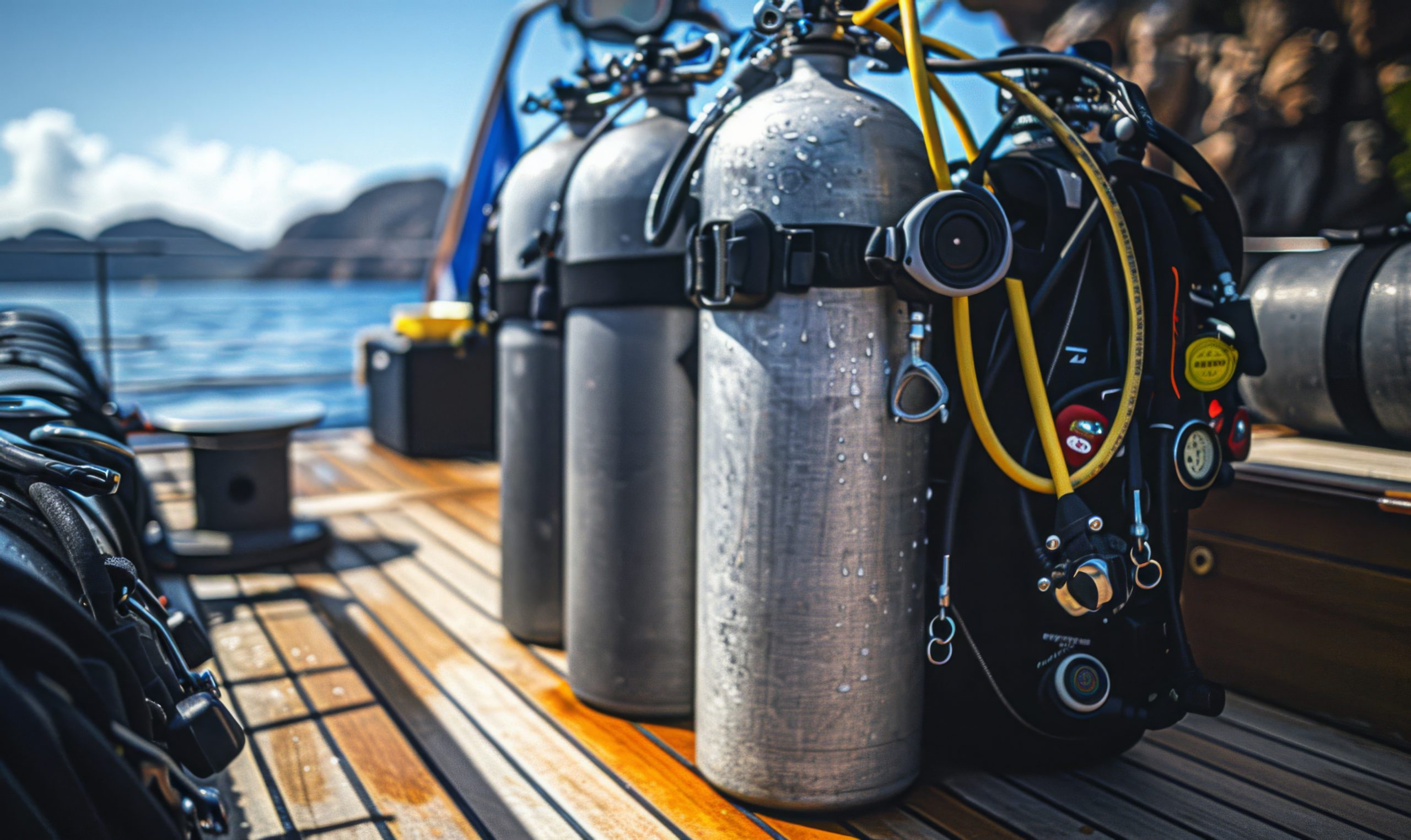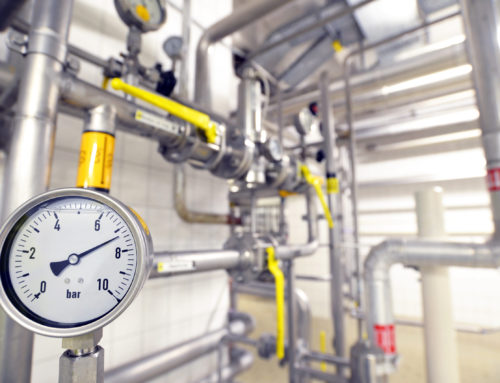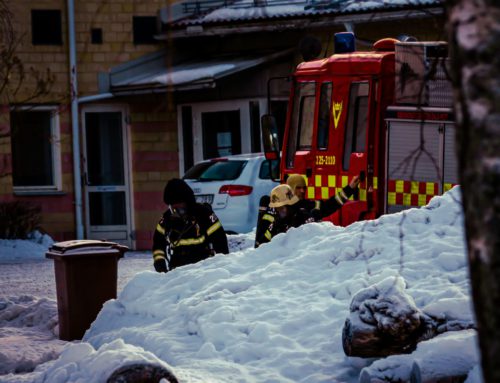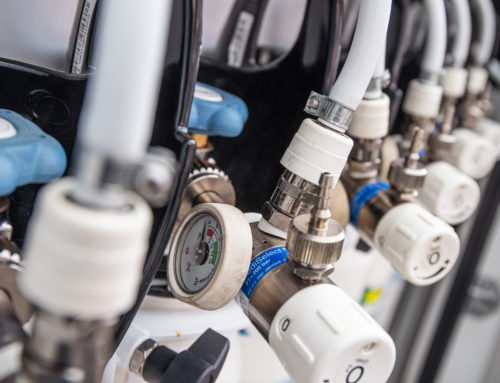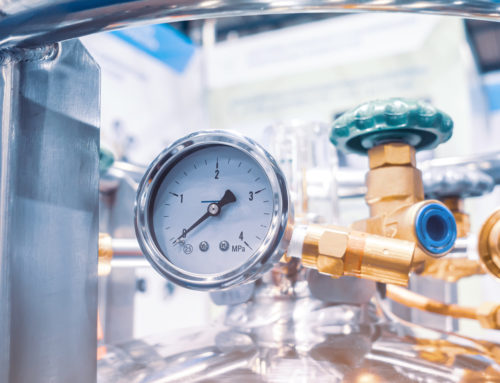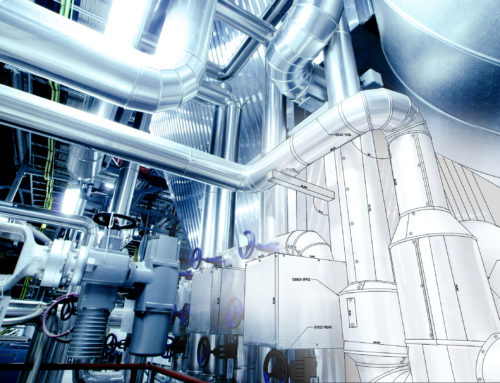When was the last time you stopped to think about the quality of the compressed air inside your breathing air tank? Whether your work centers around a fire station or a dive boat, your air tank serves as a lifeline – the quality of that air is of the utmost importance. Unfortunately, contaminated breathing air can cause anything from headaches and dizziness to respiratory arrest.
Contaminated breathing air is like a Trojan horse: seemingly harmless inside its cylinder before marching right into your bloodstream upon inhalation. Each contaminant brings with it varying levels of damage, some subtle and others devastating.
So then, how often should you be testing compressed breathing air? While there isn’t necessarily one correct answer, the playbooks of PADI, OSHA, and NFPA lay out the required testing practices for your specific industry. Here we break down each standard to help you breathe easy!
Regulatory Bodies and Their Compressed Air Testing Requirements
Compressed breathing air is far more than “just air”. This air can contain dangerous contaminants like Carbon Monoxide, Carbon Dioxide, particulates, water vapor, TVHC and more. It must be filtered, dried, and then regularly monitored to ensure safety and compliance. Allowing pollutants to go unchecked is simply a recipe for disaster. Testing schedules and quality requirements are set forth by the following regulatory bodies, separated by industry focus.
PADI – Professional Association of Diving Instructors
Founded back in 1966, PADI is the world’s largest scuba diving training association built on one simple promise – to make diving more accessible, fun, and standardized worldwide. They cover nearly the entire diving ecosystem, from Open Water Diving Beginners to Advanced Rescue and Marine Conservation. Trace Analytics is a PADI Preferred Partner.
PADI requirements for dive operators follows the Compressed Gas Association (CGA) Grade E Standard for air quality, meaning a minimum quarterly testing schedule of once every 3 months. These tests should include oxygen, CO, CO2, oil, and moisture content. Since dive operators generally serve the public, even the smallest compressor changes can impact safety.
OSHA – Occupational Safety and Health Administration
Governing workplace environments such as commercial diving, OSHA has clear rules for the breathing air used in supplied-air respirators. Although they do recommend at least biannual testing, quarterly monitoring can protect from seasonal or maintenance changes in your air quality. The compressed air must meet Grade D standards – and employers are responsible for verifying quality. This means not only verifying an oxygen percentage of 19.5%-23.5% but checking for contaminants like CO, CO2, and hydrocarbons. If you choose to skip regular testing windows, you risk failing compliance checks as necessary lab reports and certificates are outdated.
NFPA – National Fire Protection Association
NFPA provides regulations for emergency service personnel such as firefighters. Specifically, NFPA 1989 provides sampling and analysis requirements along with contaminant limits for “safe” breathing air.
According to NFPA 1989, breathing air must meet or exceed the CGA Grade E with additional limits. Unlike OSHA’s requirement of ≤ 10 ppm CO contaminants, emergency service air cylinders must contain ≤ 5 ppm of CO. They also have very strict limits on water vapor and dew point, as ice formation inside regulators can occur during operations in colder climates. Stringent SCBA standards detail quarterly testing of air produced by breathing air compressors as well as immediate retesting after routine maintenance or if contamination is suspected. Such records must be maintained and available at all times.
What Should My Breathing Air Testing Plan Look Like?
If you find yourself asking “where do I even start?”, know that keeping a healthy balance between consistency and compliance is your best bet.
Regardless of your industry – be that a dive shop or firehouse – commit to following these four steps:
1. Maintain a Quarterly Testing Schedule
Most regulatory bodies require a minimum quarterly testing rate – explicitly PADI and NFPA. Testing every three months will not only also keep you compliant with OSHA but help prevent life threatening issues like CO poisoning or worse. Why settle for the bare minimum when we’re talking about an employee’s literal lifeline?
2. Only Trust Accredited Labs
When it comes to the rigorous testing requirements for your compressed breathing-air, the last thing you want to do is rely on an unreliable lab. Your testing facility should be an accredited laboratory with the ability to provide proper documentation. Trace Analytics proudly holds an A2LA Accreditation Certificate, ensuring dependable, accurate results. The extensive quality control procedures at our lab guarantees you will receive quality data each and every time you test. Trace’s sampling and analytical methods meet the requirements of standards like NFPA 1989.
3. Maintain Detailed Compressed Air Testing Records
It isn’t enough to simply comply with a routine testing procedure for your compressed air and related equipment. It is essential to keep up-to-date reports on hand in the case of an incident or audit. Most regulations highlight quality verification, so testing reports should be meticulously logged and available as an inspection could happen at any time.
4. Submit to Ancillary Testing Following Major Events
Like NFPA 1989’s playbook outlines, it’s necessary to retest the quality of your breathing-air after completed maintenance or suspected contamination. Even if you don’t work with emergency responders, such events should always trigger extra testing outside a standard cycle. Investing in an additional test could mean the difference between life and death – a gamble no one wants to take.
Commit to Safety and Compliance
By following PADI, OSHA, and NFPA standards, you’ll not only stay compliant but ensure safety in every breath taken under pressure. Trace is here to help simplify your testing process. Follow the link below to explore the Breathing Air Resources in our AirCheck Academy. Dive into data sheets, sources of contamination, and testing videos that will help guide you through the process from start to finish.

